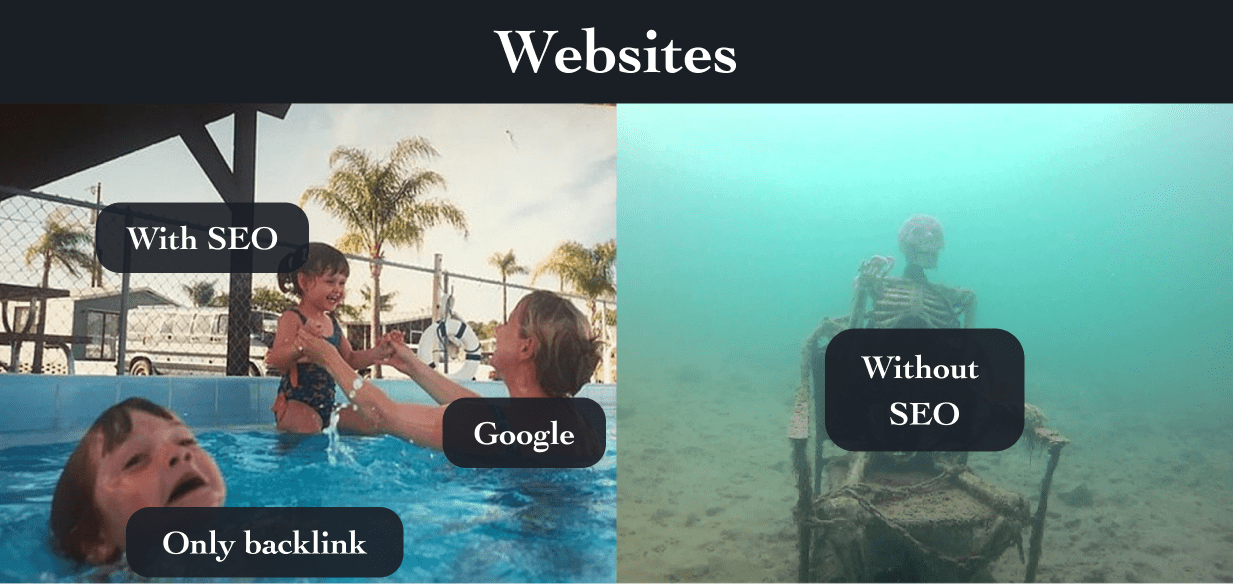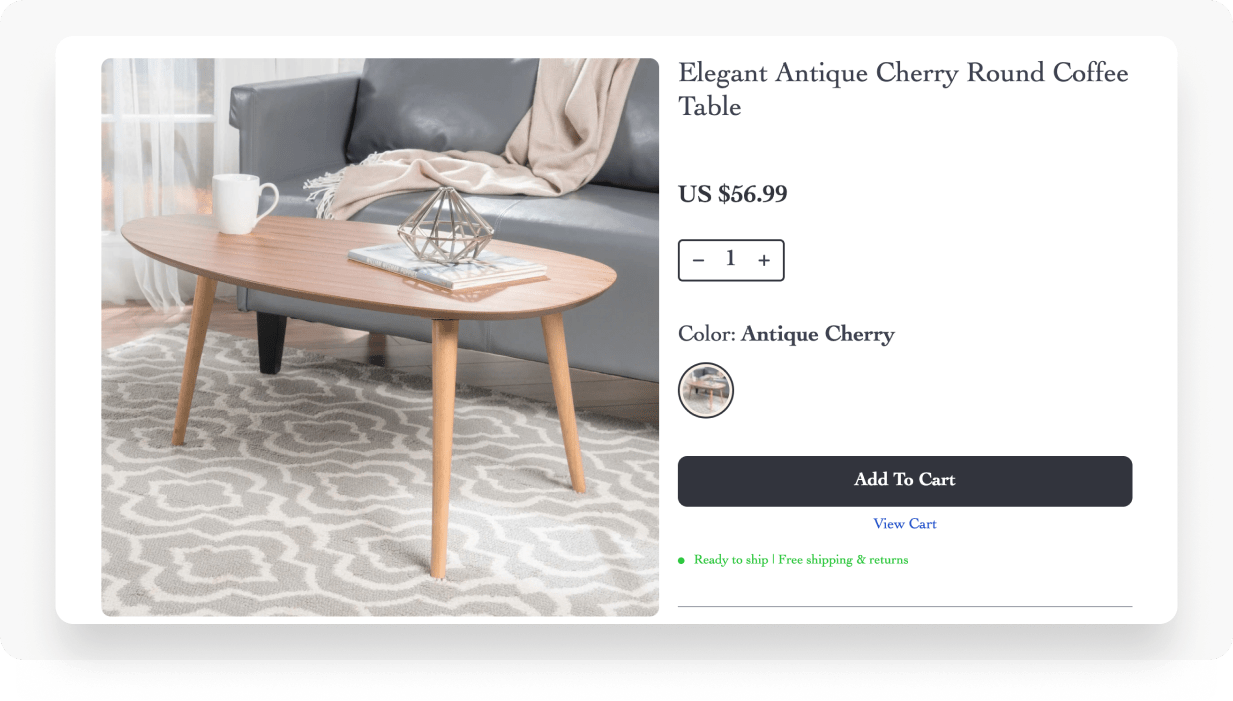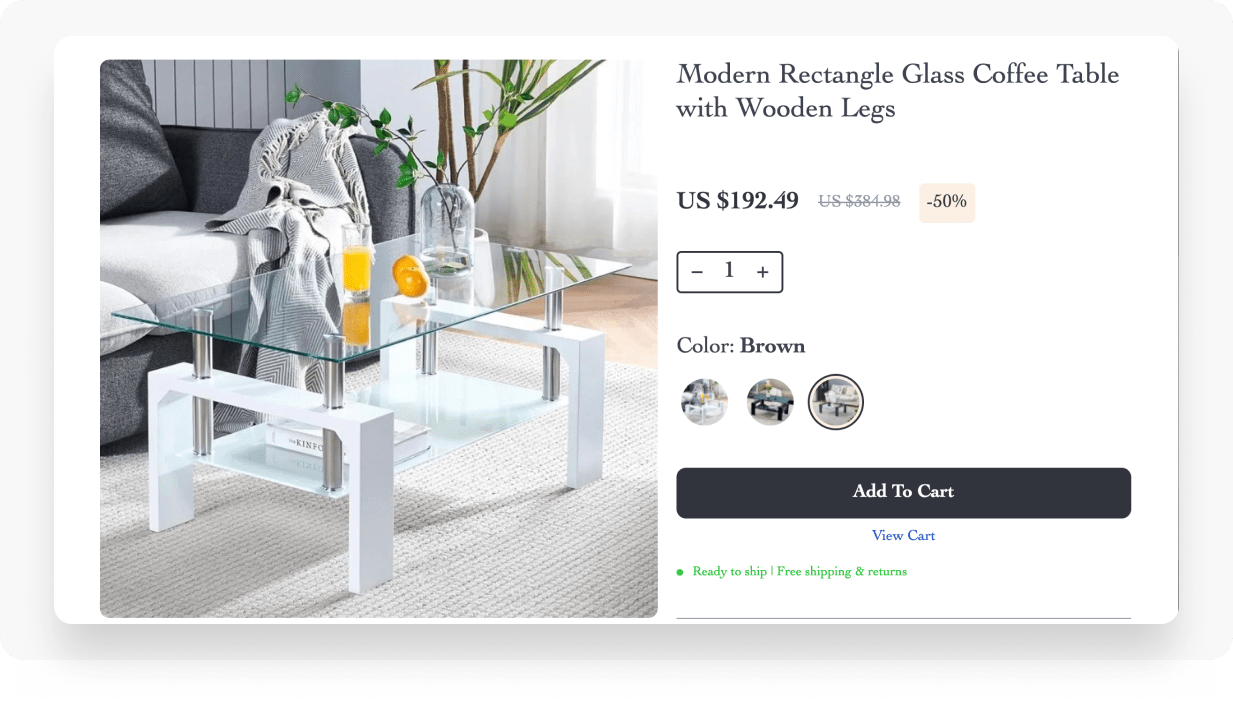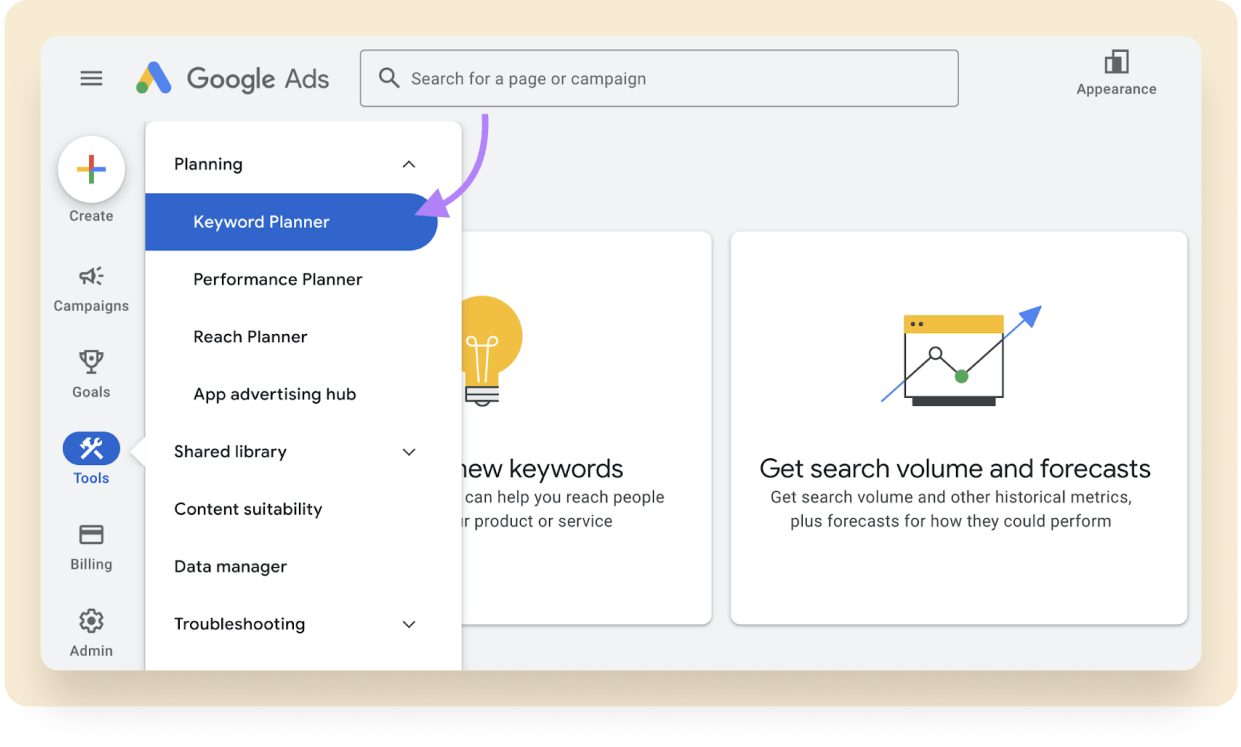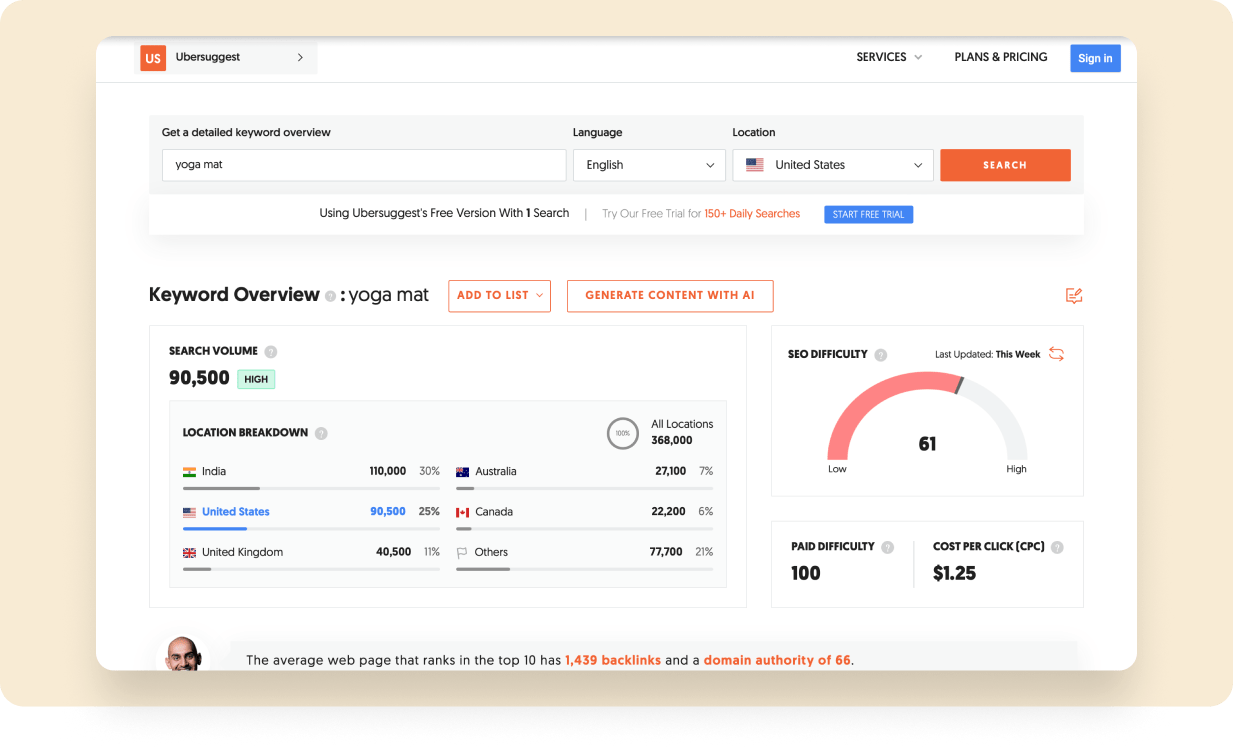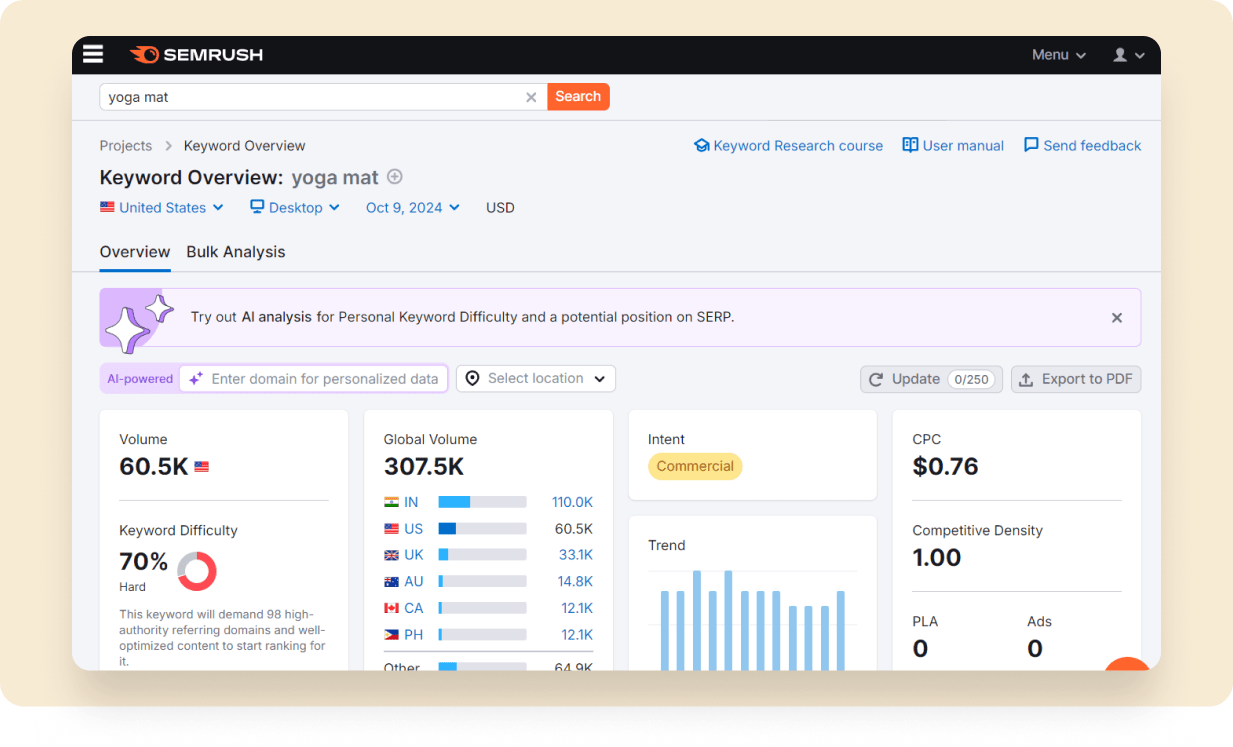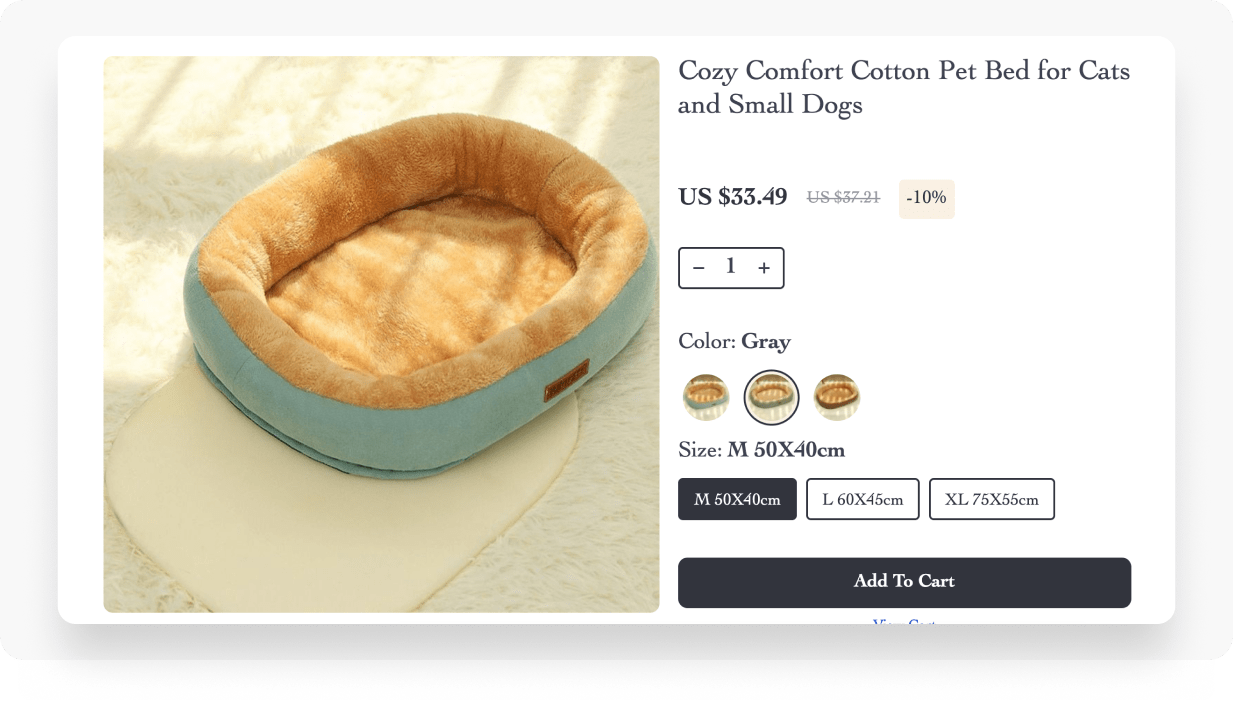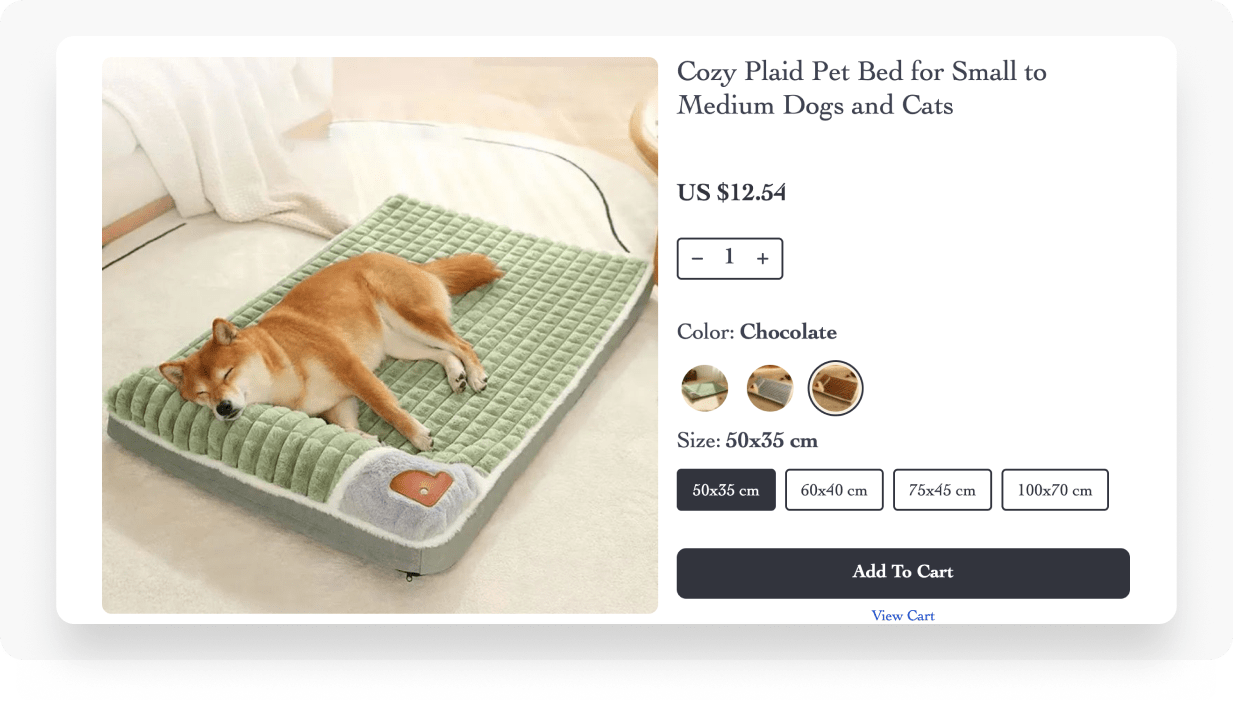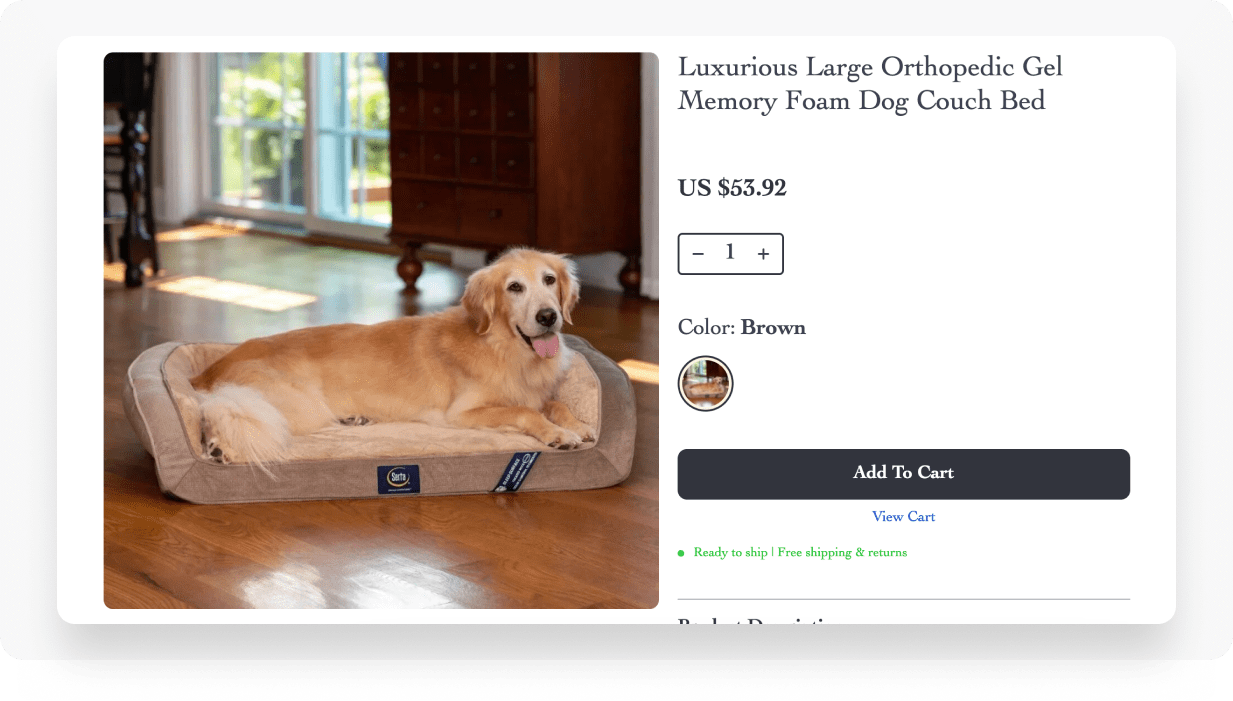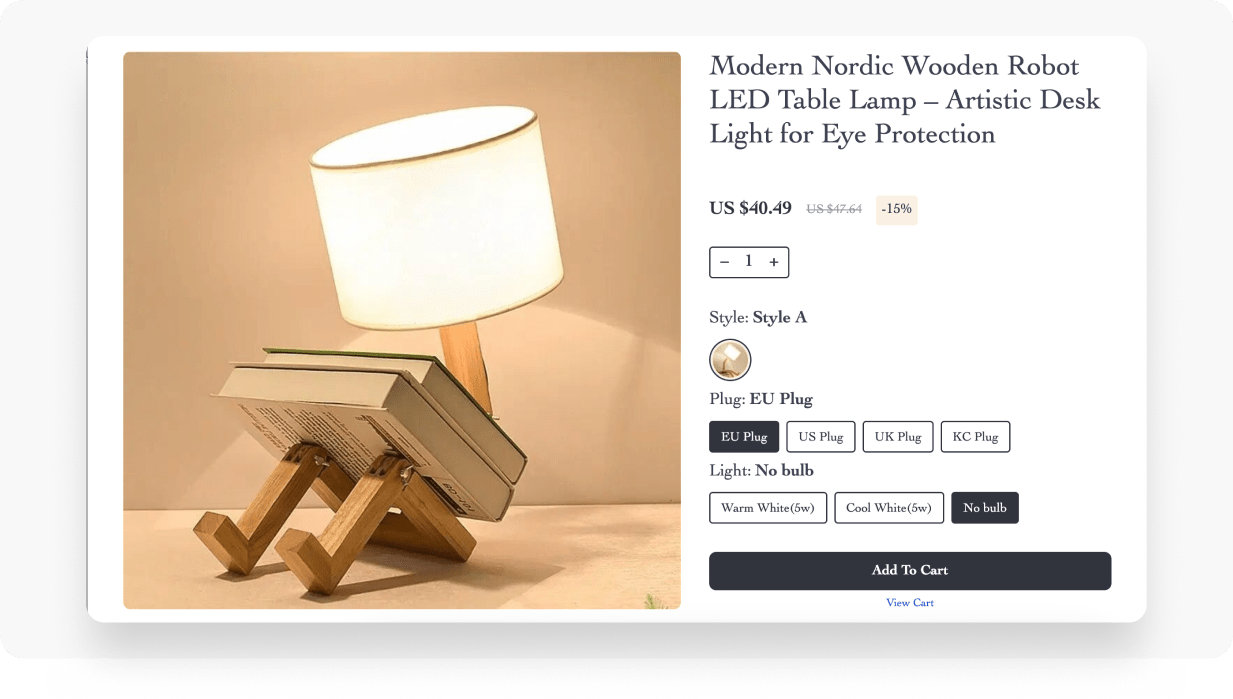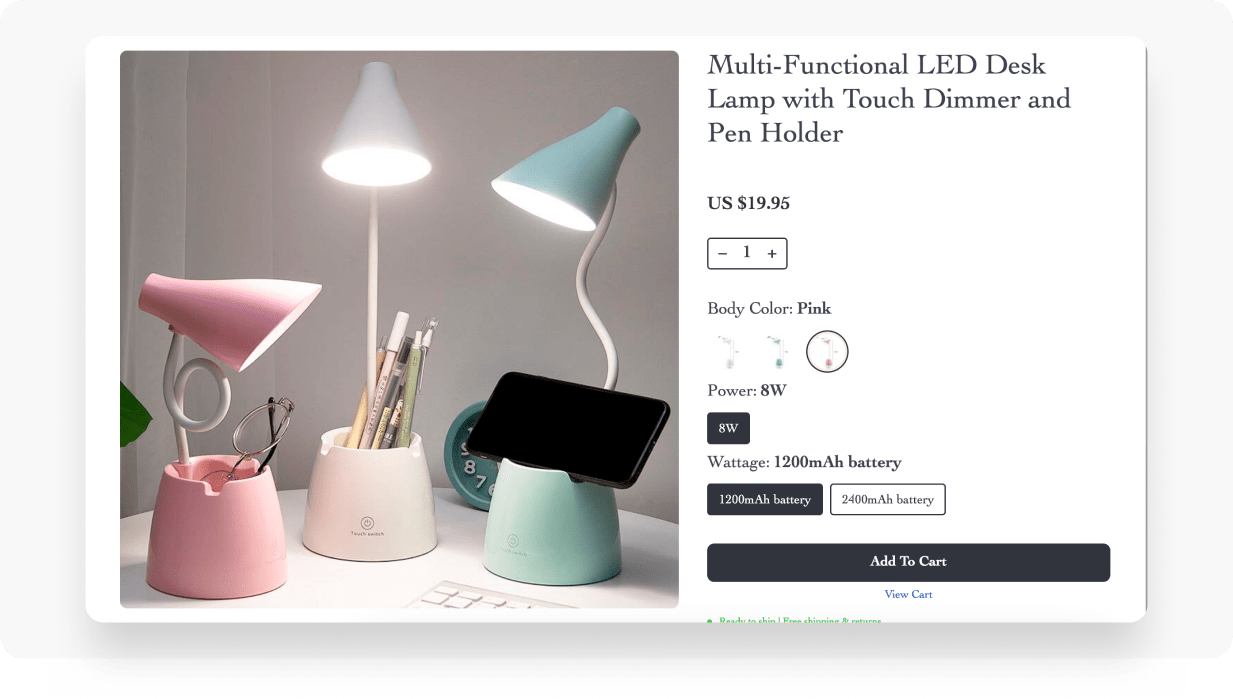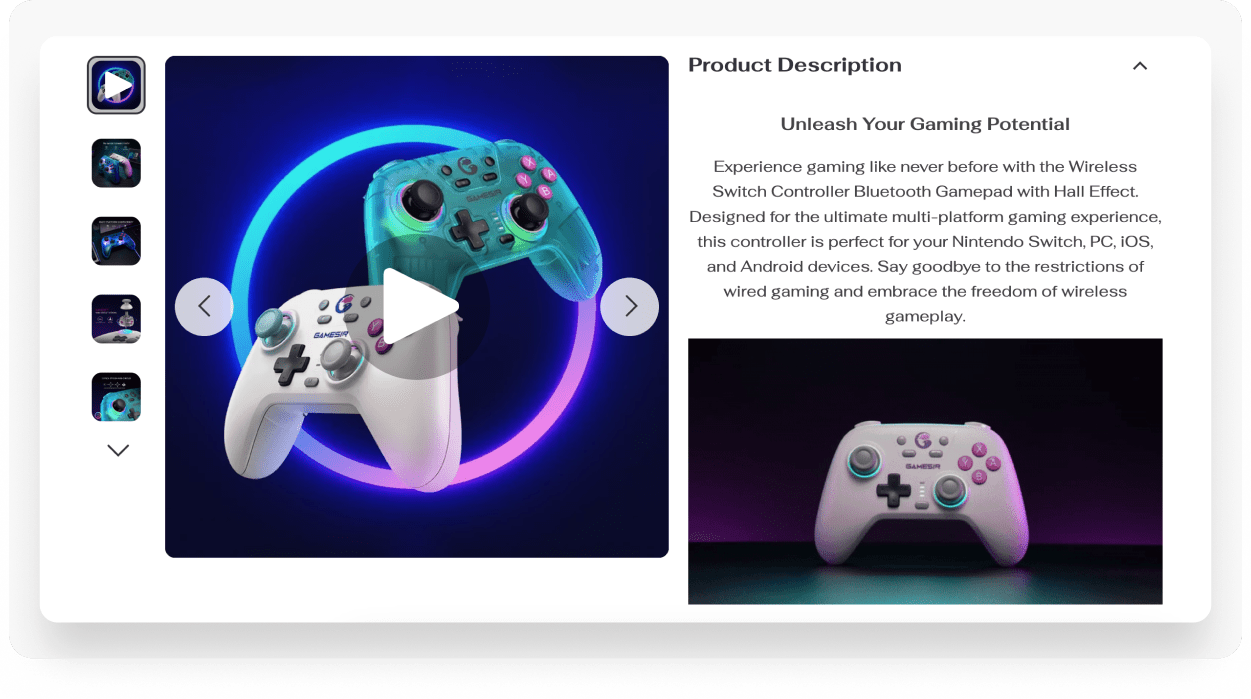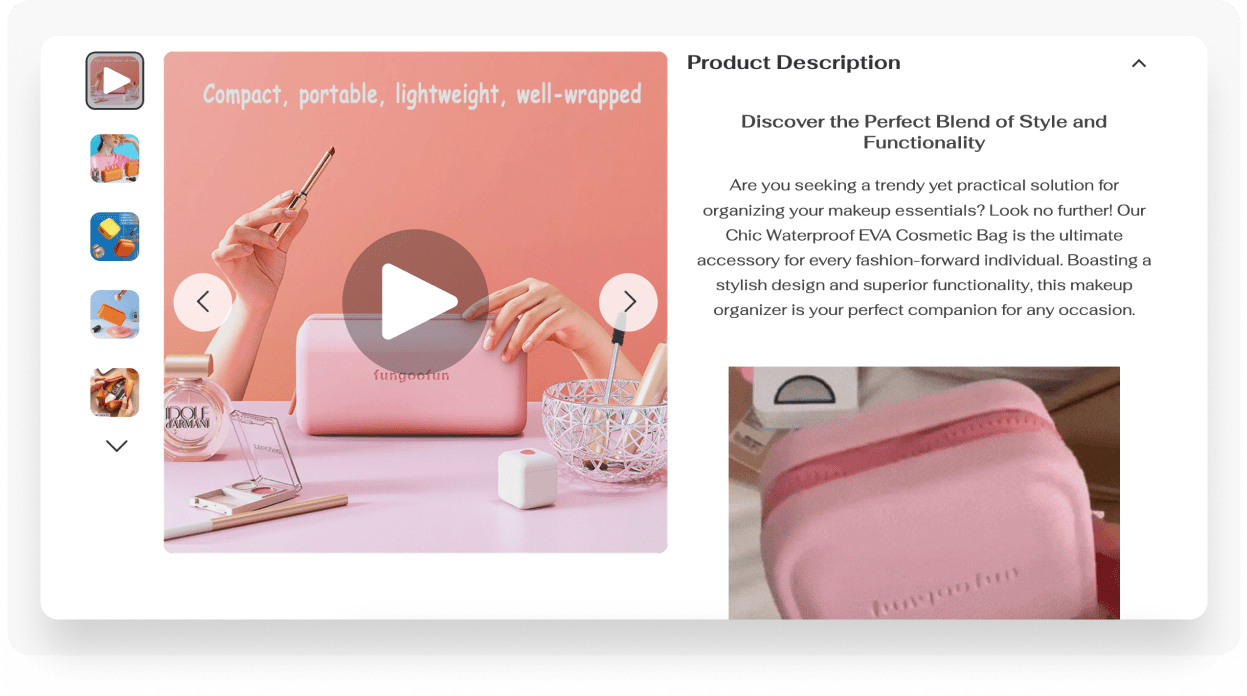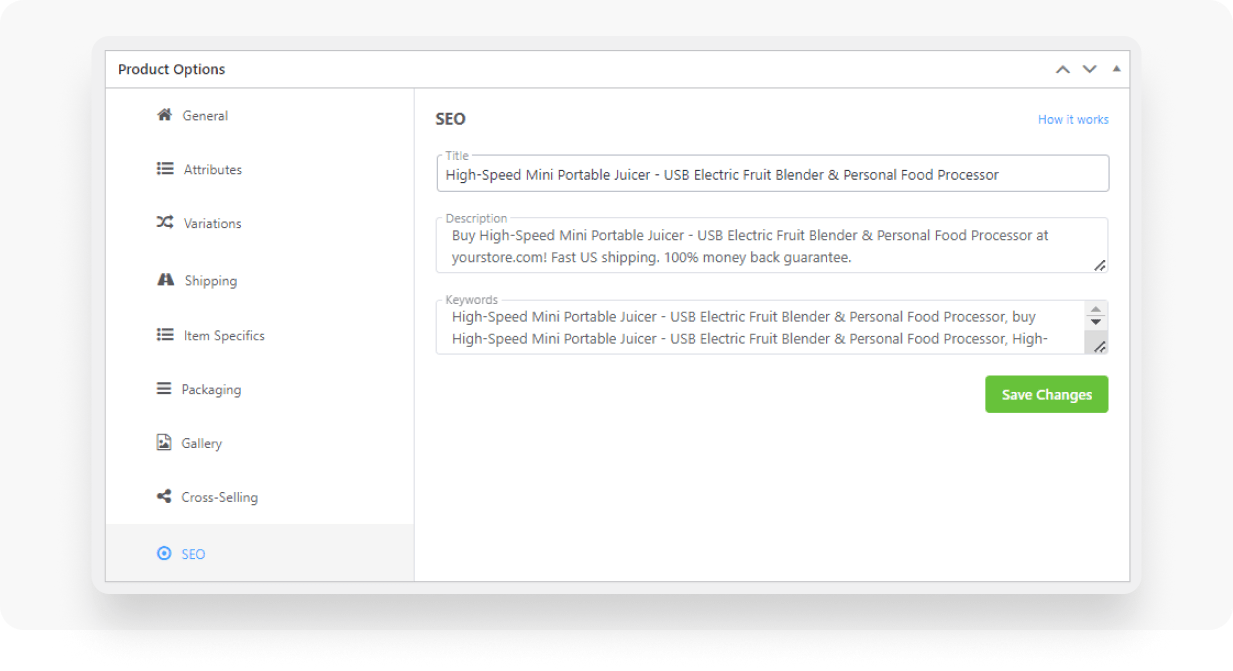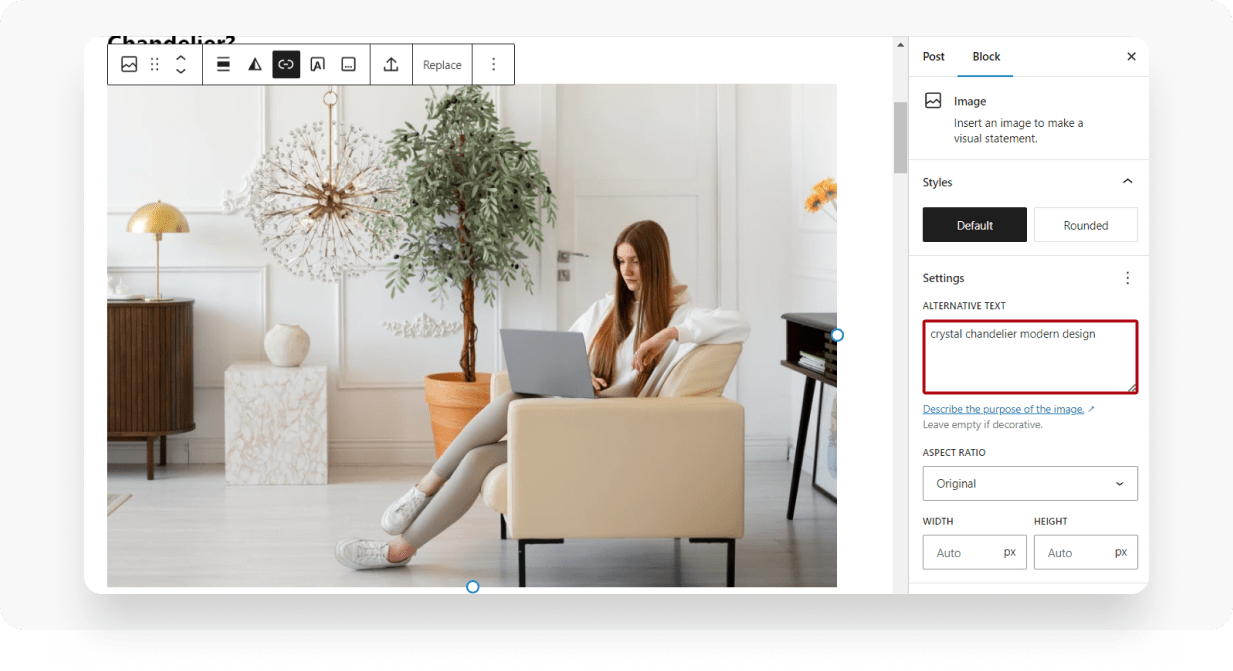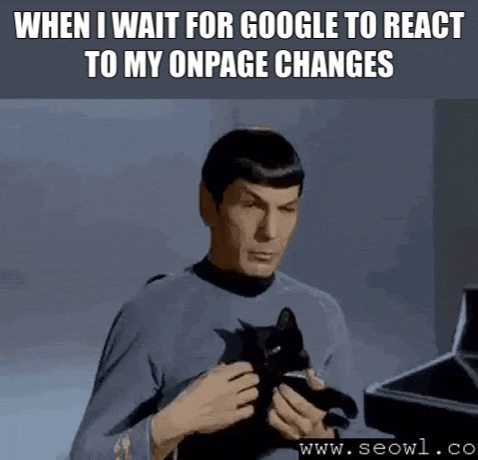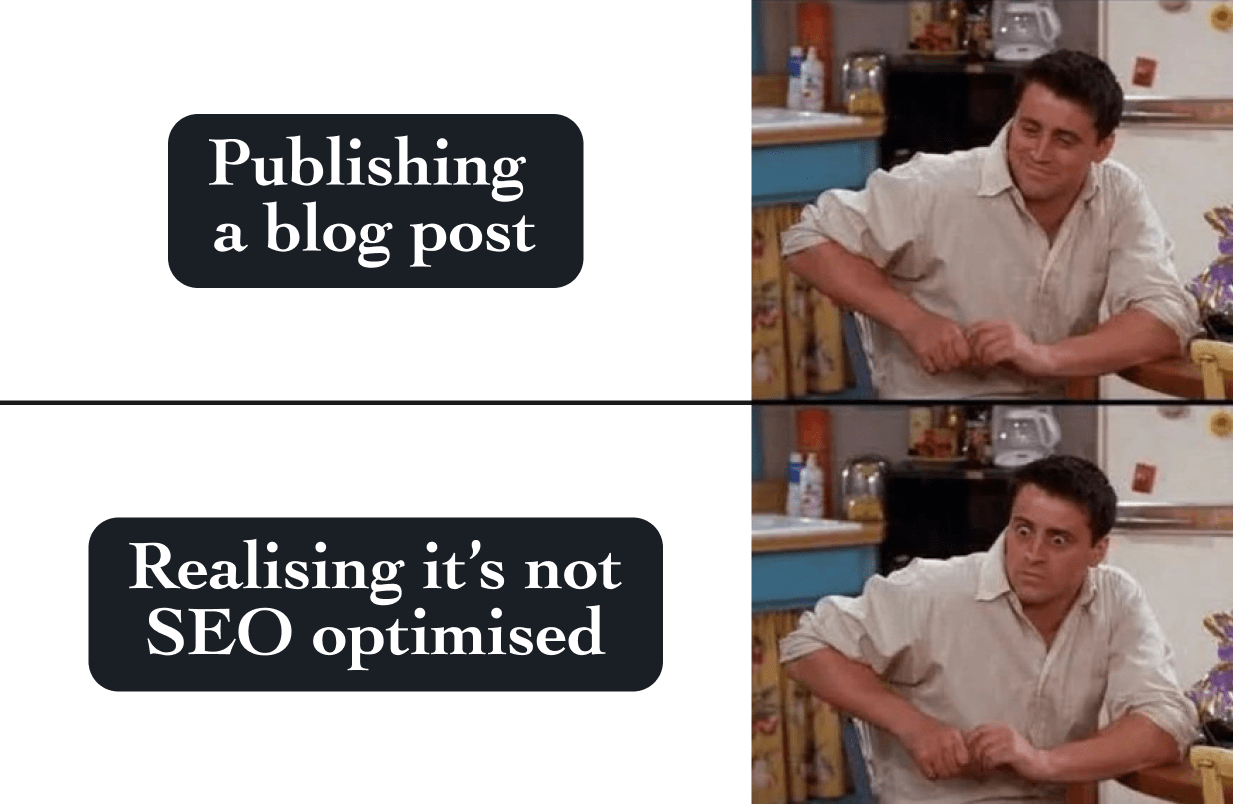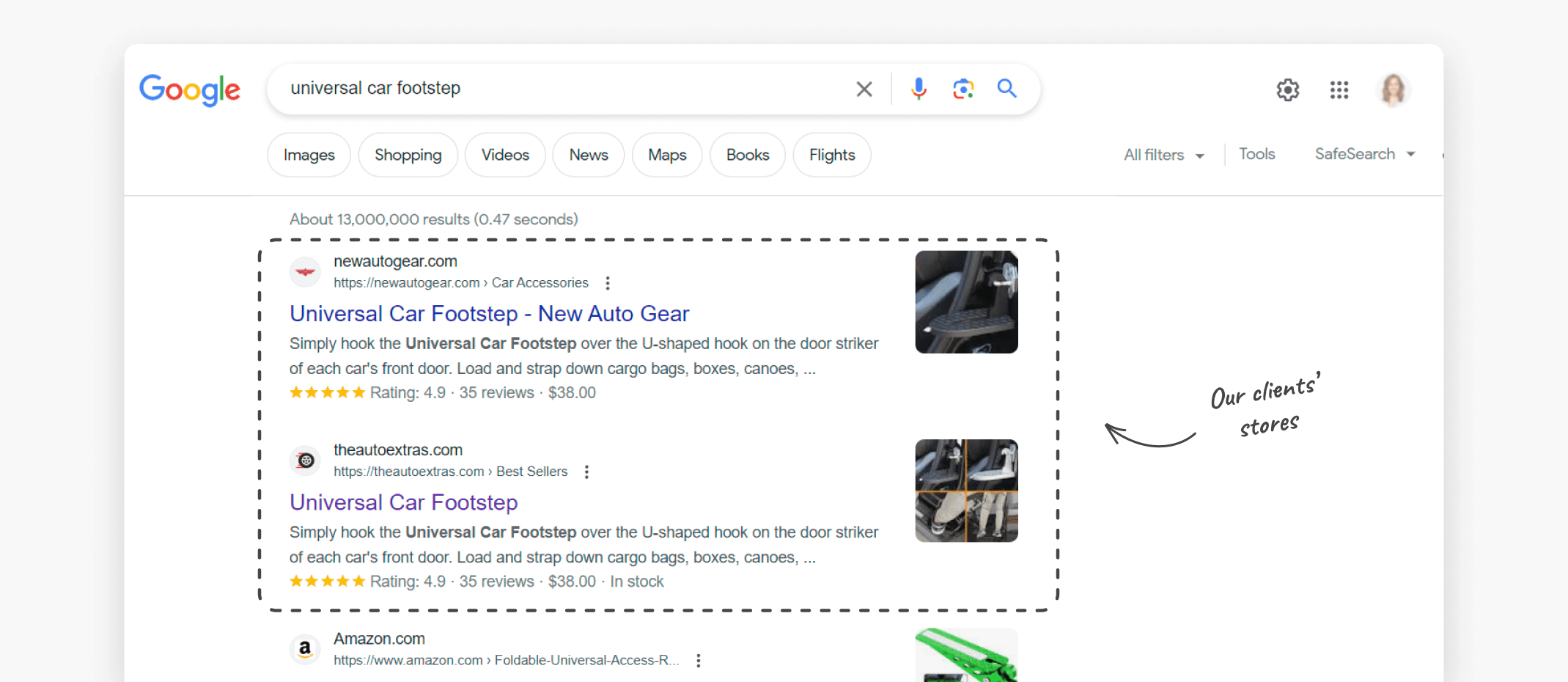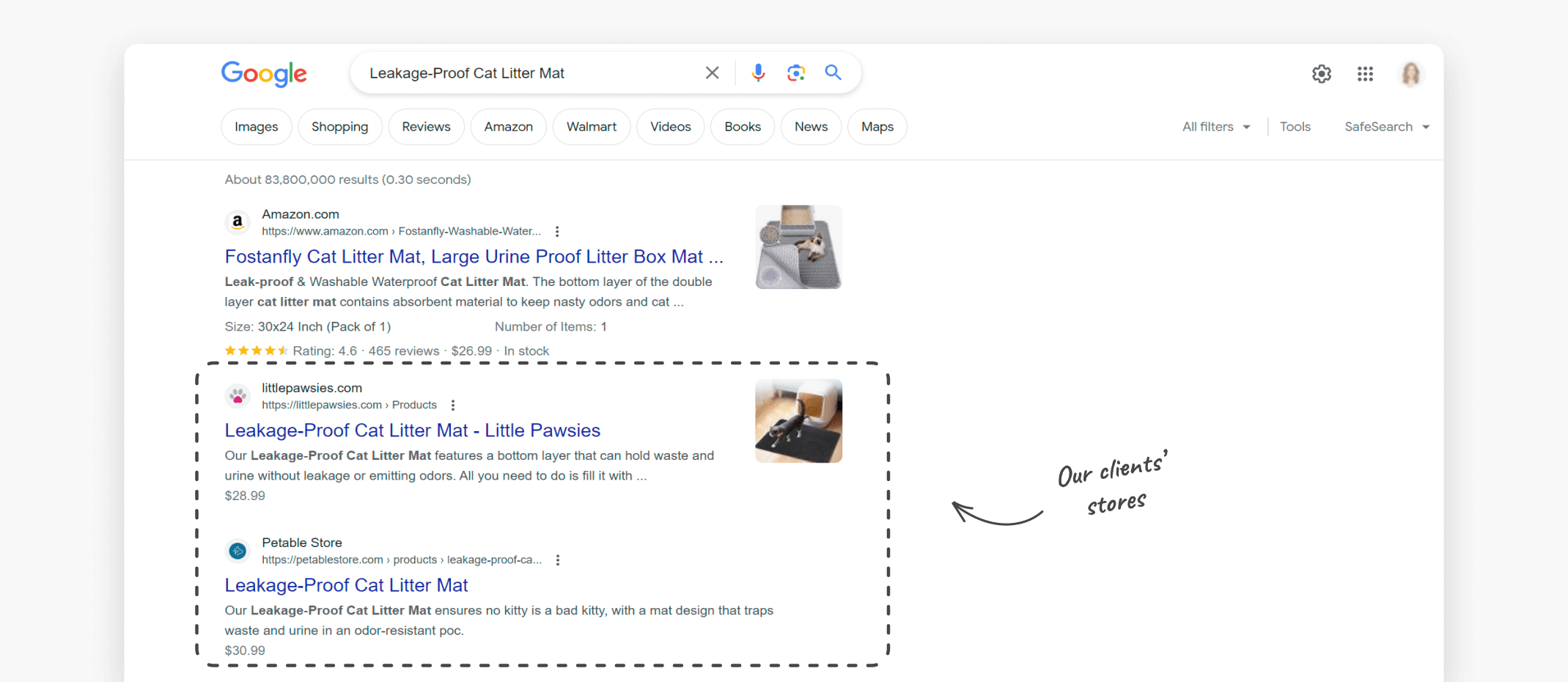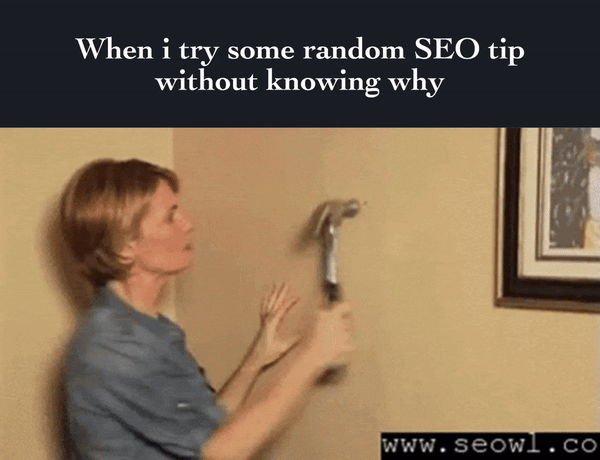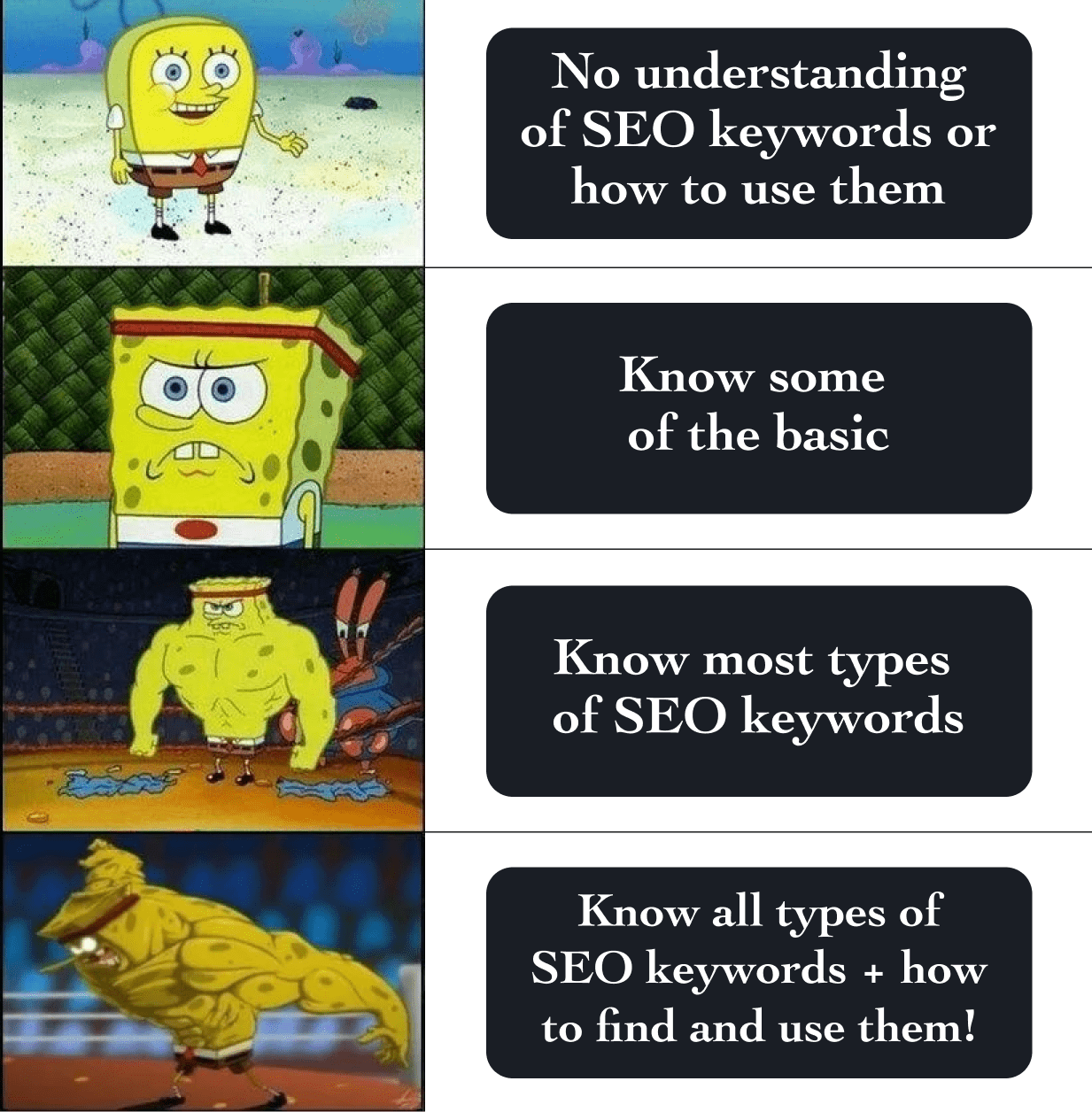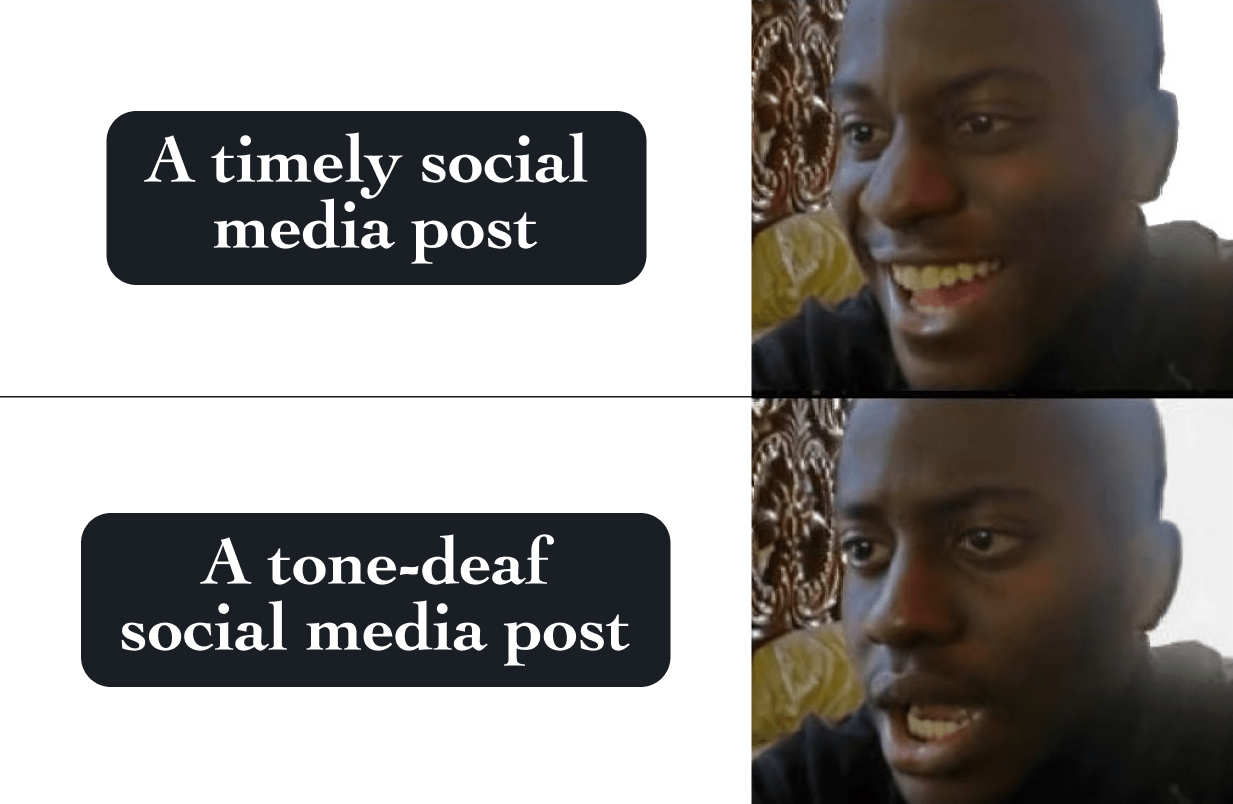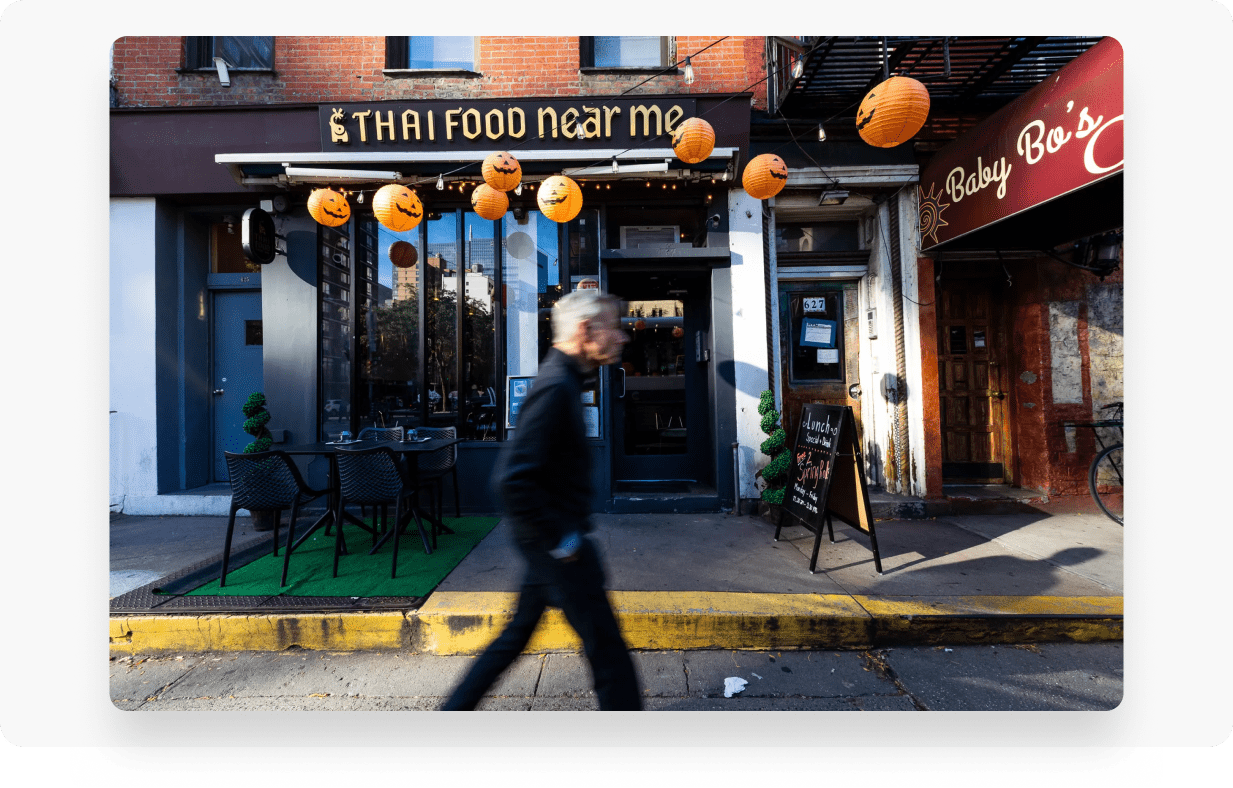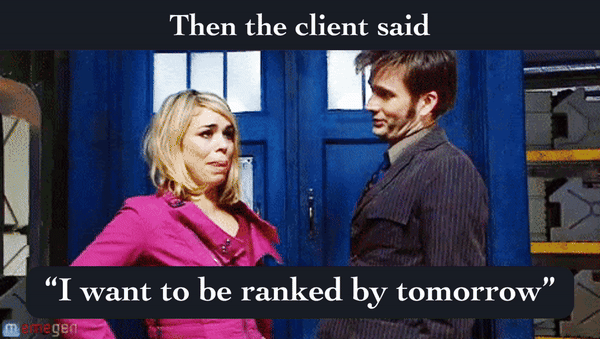Step-By-Step SEO Guide For Your Dropshipping Store [Beginners-Friendly]
If you have a dropshipping store, you’re probably looking for ways to bring in more customers.
You may have encountered the term “SEO” – but what exactly is it, and how can it benefit your business? SEO, or Search Engine Optimization, is a method to enhance your website’s visibility on search engines like Google. The best part about SEO is that it helps generate organic traffic – visitors find your site on their own, which can lead to more purchases.
In this guide, we’ll cover everything you need to know about ecommerce SEO, explaining how to use it to attract more visitors, boost sales, and grow your dropshipping business.
What is SEO and why it’s important for your dropshipping business?
SEO stands for Search Engine Optimization, a process that makes your website easier to find in search results when people look for products or information online. In simpler terms, it helps bring your store to the top of search engine pages, so potential customers can easily discover you. For dropshipping store owners, SEO is vital because it attracts free organic traffic, which means visitors come to your website without you having to pay for advertising.
The better your SEO, the more often your store will appear in searches for the products you sell. This increased visibility is crucial for driving traffic, securing sales, and building a successful business. And in a competitive dropshipping landscape, using SEO effectively can give you a significant advantage.
The foundation of SEO for dropshipping stores
Let’s start with the basics. A successful ecommerce SEO strategy begins with a few key concepts, like keyword research and on-page optimization. These are the essential building blocks that help increase your store’s visibility on search engines.
1. Keyword research basics
What are keywords?
Keywords are the words and phrases that people type into search engines like Google when they’re searching for something specific. For example, if someone wants to buy fitness leggings, they might search for “best women’s fitness leggings” or “affordable workout leggings.” These are examples of keywords.
In dropshipping, your products are often available from multiple stores, making competition fierce. By using the right keywords, you can help potential customers find your store instead of a competitor’s. Effective keyword research allows you to discover the exact words your customers are searching for and then optimize your product pages and content to include those terms.
Example: let’s say you’re selling home décor items through your AliDopship store. Instead of targeting the very broad term “vintage furniture”, you could focus on a more specific long-tail keyword like “affordable vintage coffee tables” or “handcrafted vintage coffee tables”. These keywords might have lower competition and bring in more targeted traffic.
Tools to use for keyword research:
- Google Keyword Planner (free): helps you find keywords related to your products and shows you how often people search for them.
- Ubersuggest (free and paid): a beginner-friendly tool that provides keyword ideas, search volumes, and difficulty scores.
- Ahrefs or SEMrush (paid): advanced tools offering in-depth keyword research, competitor analysis, and insights into SEO for ecommerce.
How to find profitable and low-competition keywords:
To identify the best keywords for your dropshipping store, look for a balance between popularity (high search volume) and competition (how many other sites rank for the same term). Here are some tips to get started:
- Think like your customers: what terms would they use when searching for your products?
- Look for long-tail keywords: these are longer, more specific phrases like “best eco-friendly fitness leggings” rather than just “fitness leggings.” Long-tail keywords often have less competition, making them easier to rank for.
Example: if you’re selling pet supplies, instead of targeting “dog beds,” you might target “orthopedic dog beds for large breeds” or “waterproof dog beds for outdoor use.” These specific terms are more likely to attract relevant customers who are looking for exactly what you offer.
2. On-page SEO: optimizing your website
Once you have your keywords, the next step is optimizing your store’s pages — this is called on-page SEO. On-page SEO means making sure that search engines and customers can quickly understand what your website is about.
What is on-page SEO?
On-page SEO covers all the elements you control directly on your website to help improve your rankings. It includes optimizing product titles, descriptions, and images, and using the right tags and internal links to make your pages more SEO-friendly.
How to optimize product titles and descriptions:
Your product titles and descriptions are some of the first things search engines and potential customers see. Including your target keywords here helps Google understand what your page is about, which makes it easier for customers to find your products.
- Product titles: use clear, descriptive titles that include your main keyword.
Example: instead of a basic title like “Desk Lamp,” you could use “Modern LED Desk Lamp – Adjustable & Energy Efficient.” This includes relevant keywords while describing key features.
- Product descriptions: write unique, detailed descriptions for each product, naturally including your primary and secondary keywords. Focus on the product’s benefits and features, but avoid stuffing in too many keywords.
Example: if you’re selling a “fitness tracker watch”, your description could focus on keywords like “waterproof fitness tracker for swimming” and also highlight features like heart rate monitoring, battery life, and smartphone syncing.
The importance of meta tags (title tags, meta descriptions):
Meta tags are HTML elements that help search engines understand your page content. The two main types are:
- Title tags: the title that appears in search engine results. Aim for around 60 characters and include your primary keyword.
- Meta descriptions: the short description under the title in search results. While it doesn’t directly affect rankings, a well-written meta description can encourage people to click on your link. Try to keep it between 150-160 characters, and include your main keyword.
Example: if you’re selling kitchen gadgets, a meta description for a “multi-functional blender” could be: “High-performance multi-functional blender with 5-speed settings for smoothies, soups, and sauces. Free shipping available”.
How to structure headings (H1, H2, H3) properly:
Headings (H1, H2, H3) help organize your content, making it easier for both users and search engines to understand the page’s structure. For example:
- H1: this is the main heading of your page, usually your product name or the title of your blog post. It should include your primary keyword.
- H2/H3: these are subheadings that break down your content into sections. Use them to organize your product details or the different parts of a blog post. They should also include related keywords where appropriate.
Internal linking:
Internal linking is when you link from one page on your website to another page. This helps search engines understand the hierarchy and relationship between pages, and it can keep visitors on your site longer.
Example: if you sell yoga equipment, link a blog post about “The benefits of yoga for beginners” to a product page featuring yoga mats and props.
Optimizing images:
Images play a crucial role in dropshipping stores, but they need to be optimized for SEO as well. Here’s how:
- Alt text: add descriptive alt text to each image, using relevant keywords. This helps search engines understand what the image is about and makes your site more accessible to visually impaired users.
- Image size: compress images to reduce their file size without losing quality. Faster-loading pages improve both user experience and search rankings.
Example: improving SEO for a product page
Let’s take an example where you’re selling “Fitness Resistance Bands.” Here’s how you might optimize the product page for SEO:
- Product title: “Fitness Resistance Bands Set – Non-Slip & Durable Workout Bands for Home Exercise”.
- Product description: include keywords like “resistance bands for home workouts,” focus on the unique benefits, and write naturally.
- Meta tag: “Fitness Resistance Bands Set – Non-Slip Workout Bands.”
- Internal links: link this product to a related blog post about “Best home workouts with resistance bands.”
- Images: compress images and include alt text like “fitness resistance bands for home gym.”
Creating High-Quality Content
1. Content marketing: why it’s key for SEO
You’ve probably heard the phrase “content is king,” and in the world of SEO, this is especially true. Content marketing is a powerful tool for improving your SEO, as it allows you to connect with your customers, answer their questions, and show up in search results when they’re looking for solutions.
What is content marketing, and how does it help with SEO?
Content marketing is the process of creating and sharing valuable content – such as blog posts, guides, product reviews, or videos – to attract and engage your target audience. This content doesn’t just help you build relationships with potential customers; it also helps your SEO by giving search engines more reasons to rank your site.
Example: if you’re selling camping gear, a blog post titled “Top 10 essential camping gear for beginners” not only helps your customers but also gives you a chance to rank for several relevant keywords like “best camping gear” or “camping essentials.”
Search engines love fresh, relevant, and helpful content. The more quality content you create, the more opportunities you have to rank for different ecommerce SEO keywords. Plus, by creating valuable content, you establish your store as an authority in your niche, which can lead to more backlinks and social shares – two critical factors for off-page SEO.
Why blogs, how-to guides, and product reviews are important for your store’s visibility
One of the easiest ways to improve your store’s SEO is by starting a blog. Regularly posting useful articles, how-to guides, or product reviews can help you:
- Target a wider range of keywords: each blog post gives you the chance to rank for different keywords that might not fit directly into your product pages.
- Answer customer questions: many people turn to Google for answers before making a purchase. By writing helpful articles (e.g., “How to choose the best yoga mat for beginners”), you can attract those potential customers to your site.
- Build trust: helpful, informative content can make potential customers more likely to buy from you because they see you as an expert in your niche.
Example: if you sell skincare products, writing a blog post titled “How to choose the best organic moisturizer for sensitive skin” can help attract people searching for organic skincare solutions.
Tips for writing SEO-friendly blog posts
Creating content that’s both useful for your readers and optimized for search engines can feel tricky, but it doesn’t have to be. Here are some simple ecommerce SEO tips for writing SEO-friendly blog posts:
- Choose a focus keyword: each blog post should target one main keyword. For example, if you’re writing a guide about yoga mats, your keyword might be “best yoga mats for beginners.”
- Use keywords naturally: include your focus keyword in the title, headings, and throughout the text – but don’t overdo it. Write naturally, and avoid “keyword stuffing” (using the keyword too many times).
- Optimize for readability: break your content into short paragraphs, use bullet points or lists where necessary, and make sure your writing is easy to follow. Clear, readable content keeps visitors on your page longer, which improves your SEO.
- Include internal links: link to other relevant pages or blog posts on your website. For example, if you’re writing about yoga mats, link to a related blog post on “Best home workouts using a yoga mat” or to your product page for yoga mats.
- Add images or videos: visual content makes your posts more engaging. Be sure to include descriptive alt text for any images to help with SEO.
The role of product-focused content (e.g., reviews, comparisons) for dropshipping
In the dropshipping business, product-focused content can be extremely valuable for attracting the right audience. Consider writing:
- Product reviews: honest, detailed reviews of the products you sell. These not only help customers make informed decisions but also give you a chance to rank for keywords like “[product name] review.”
- Product comparisons: compare different products you offer or against competitors (e.g., “Best fitness bands for home workouts: a comparison”). People love to see side-by-side comparisons before purchasing.
- How-to guides: explain how to use the products you sell. For instance, if you sell fitness gear, write a post on “5 effective home workouts using resistance bands.”
2. Building a content strategy
Creating content at random isn’t enough. You need a strategy to make sure you’re consistently producing valuable content that improves your SEO and engages your audience. Let’s explore how to build an effective ecommerce SEO strategy for your dropshipping store.
How to plan a content calendar for your dropshipping store
A content calendar is simply a schedule that outlines what content you will create and when you will publish it. This helps you stay organized and ensures that you’re regularly producing new content to keep your site fresh. Here’s how to create one:
1. Start with keyword research: use the keyword research tools we discussed earlier to identify topics your customers are searching for. For example, if you sell fitness gear, you might find that people are searching for “best home workout equipment.”
2. List content ideas: based on your keywords, brainstorm a list of blog post topics. Aim for a mix of educational posts, product-focused content, and seasonal content (like gift guides during the holiday season).
3. Assign dates: once you have your content ideas, assign publication dates for each one. Make sure to spread your posts evenly (e.g., one or two per week).
4. Track performance: after publishing, monitor how each post performs using tools like Google Analytics. This will help you see which content drives traffic and sales, so you can adjust your strategy over time.
What type of content to create for each stage of the customer journey
Your customers are at different stages of their buying journey. Some are just browsing, while others are ready to make a purchase. Creating content that targets each stage of the journey can help guide potential customers from discovery to purchase.
- Awareness stage: at this stage, potential customers are just becoming aware of a problem or need (e.g., “How do I start working out at home?”). Blog posts and how-to guides that provide general information are great for capturing attention here.
- Consideration stage: now, customers are considering their options (e.g., “What equipment do I need for home workouts?”). Product reviews, comparisons, and detailed guides are helpful at this stage.
- Decision stage: at this point, customers are ready to make a purchase. Product pages optimized with clear descriptions, benefits, and testimonials work best. You can also create content like “Why [product Name] is the best choice for home workouts” to push them toward a decision.
Example: a content strategy for an AliDropship fashion dropshipping store
Let’s say you run a dropshipping store selling fashion products with AliDropship. Here’s what a simple content calendar could look like:
- Week 1: Blog post – “Top 5 fashion trends for fall 2024” (targeting “fall fashion trends” keyword).
- Week 2: Blog post – “How to style a statement jacket for every occasion” (targeting “how to style a statement jacket”).
- Week 3: Product review – “Why our oversized sweater is the coziest choice for winter” (targeting “oversized sweater review”).
- Week 4: Comparison post – “Best jackets for winter: comparing our top 3 picks” (targeting “best winter jackets”).
This strategy allows you to target a range of keywords, keep your blog active, and provide value to potential customers at every stage of their journey.
In this section, we covered how to create high-quality content that not only engages your audience but also helps improve your SEO. By writing SEO-friendly blog posts, building a content calendar, and targeting different stages of the customer journey, you can drive more traffic to your store and convert visitors into customers.
Off-page SEO and backlinking strategies
While on-page SEO focuses on optimizing the elements of your website, off-page SEO refers to activities that happen outside of your site but still affect its ranking. The most important part of off-page SEO is backlinking – getting other websites to link back to your store. Let’s explore why off-page SEO matters and how you can build a strong backlink profile for your dropshipping store.
1. What is off-page SEO?
Off-page SEO involves actions taken outside of your website that help improve its authority and ranking. While search engines use many factors to determine where to rank your site, backlinks play a huge role in signaling your site’s credibility.
Example: if you run a store that sells eco-friendly products, having a popular environmental blog link to your page on “Eco-friendly water bottles” not only drives traffic but also helps boost your authority with search engines.
Why off-page SEO is critical for dropshipping stores
For a dropshipping store, getting backlinks can be a game-changer because it not only drives more traffic to your site but also builds trust. Customers are more likely to buy from a store they find through a trusted source or website. And when your store has more authority, Google is more likely to show your products to users searching for related items.
2. Building backlinks: what you need to know
What are backlinks, and why do they matter for SEO?
Backlinks are links from one website to another. For example, if a fitness blog links to your store selling yoga mats, that’s a backlink. Search engines view backlinks as “votes” of confidence, which can boost your store’s ranking.
Example: imagine you own an AliDropship store selling gardening supplies. If a well-known gardening blog features your “Best pruning tools for beginners” page, this backlink signals to Google that your site has valuable content, and it can help you rank higher in search results.
How to get quality backlinks for your dropshipping store
Here are some effective strategies for building backlinks to your store:
- Guest posting: one of the most popular ways to get backlinks is by writing guest posts for blogs or websites in your niche. Reach out to popular, relevant blogs and offer to write valuable content in exchange for a link back to your store.
Example: if your store sells eco-friendly cleaning products, you could write a guest post for a sustainability blog titled “Top 5 natural cleaning solutions for a greener home” and include a backlink to your store’s product page.
- Influencer collaborations: working with influencers is another way to earn backlinks. Influencers often have established blogs where they review products. You can send them your products to review and ask for a backlink in return.
Example: if you sell outdoor gear, you could collaborate with a travel influencer who blogs about camping and hiking. They could review your camping tents and link back to your store.
- Broken link building: this is an advanced but effective tactic. Find broken links on websites in your niche, contact the site owner, and suggest your content as a replacement.
Example: if a popular health blog has a broken link to “affordable yoga mats,” you could reach out to them and offer to replace the broken link with your store’s product page for eco-friendly yoga mats.
3. Leveraging social media for SEO
While social media links don’t directly affect SEO rankings, they’re still important for off-page SEO by driving traffic and engagement to your site. Social media can help build brand awareness, which can lead to more backlinks from other sites.
Example: if you’re active on Pinterest and regularly share images and links to your store’s products, like “Scandinavian Furniture for Small Apartments,” users may pin your images, generating more traffic and possibly backlinks when other blogs mention your products.
Technical SEO for dropshipping stores
While content and backlinks are important, the technical health of your website also plays a significant role in SEO. Technical SEO ensures your site is easy for search engines to crawl and index, loads quickly, and provides a smooth user experience. Let’s go over some key technical SEO factors for your dropshipping store.
1. Why technical SEO matters
Search engines like Google use “crawlers” to scan and index the content on your site. If your website isn’t technically optimized, these crawlers might struggle to understand or index your site, which can impact your search rankings.
Example: if your store sells tech gadgets and your website takes too long to load, search engines may penalize you in rankings. A competitor with faster site speed may rank higher, even if their content is similar to yours.
2. Key technical SEO factors
Mobile-Friendliness
In today’s mobile-first world, your store needs to look and work well on smartphones and tablets. Google uses mobile-first indexing, meaning it mainly considers the mobile version of your site when determining rankings.
Example: if your store sells fashion accessories, having a mobile-friendly site that’s easy to navigate can reduce bounce rates and increase conversions, as customers are more likely to browse and shop from their phones.
Site speed
Page speed is a crucial ranking factor. If your website takes too long to load, visitors are likely to leave, and search engines may penalize your site in the rankings.
Example: suppose you run an AliDropship store selling kitchen appliances. If the product page for your popular blender takes more than a few seconds to load, potential customers may leave before they even get a chance to see your offer, which can negatively impact your SEO.
SSL certificates
An SSL certificate encrypts the data between your site and its users. Google considers SSL a ranking factor, and having it is essential for any ecommerce site.
Example: if your store URL starts with https://, it signals to customers and search engines that their data is secure, improving both trust and SEO.
Fixing broken links and 404 errors
Broken links and 404 errors (pages that no longer exist) can harm your SEO and frustrate visitors. Check your site regularly for broken links and fix them to maintain a positive user experience.
Example: let’s say a customer clicks on a link to a product page for “Bamboo Cutting Boards” but gets a 404 error because the page has been removed. This not only frustrates users but also signals to search engines that your site isn’t being maintained properly.
3. SEO-friendly URL structures
Clean, descriptive URLs are important for both users and search engines. SEO-friendly URLs are easy to read, include relevant keywords, and clearly describe the page’s content.
Example: if you’re selling furniture, a URL like: www.yourstore.com/products/minimalist-wooden-chair is much better than www.yourstore.com/productid=12345. A clean, keyword-rich URL is more likely to rank well and be understood by both search engines and users.
Local SEO for global dropshipping stores
Even if your dropshipping store serves a global audience, local SEO can still be beneficial—especially if you’re targeting specific countries or regions. Here’s how you can use local SEO to increase your visibility.
1. What is local SEO?
Local SEO is about optimizing your website to rank better for location-based searches.
Example: if your AliDropship store focuses on selling eco-friendly products to customers in Australia, you might want to optimize your content for location-based keywords like “sustainable products in Australia” or “eco-friendly home décor in Sydney.”
2. Setting up Google My Business
If you have a physical presence or are interested in targeting a specific region, Google My Business is a powerful tool to consider.
Example: if you run an AliDropship store that specializes in handmade jewelry and you occasionally sell at local markets, setting up a Google My Business profile can help local customers find you when they search for “handmade jewelry near me”.
Monitoring and improving your SEO strategy
SEO is a long-term process that requires ongoing monitoring and adjustments. Here, we’ll explore how to track your SEO progress and make data-driven improvements.
1. Tracking your SEO progress
To understand how well your SEO efforts are paying off, tracking key metrics is essential. Here are some useful tools:
- Google Analytics: tracks website traffic, bounce rates, traffic sources, and more.
- Google Search Console: provides data on your site’s performance in Google search results, including keywords driving traffic.
Example: if you notice through Google Analytics that a particular product page, like “Recycled Cotton Tote Bags,” is driving significant traffic but has a high bounce rate, it might indicate that the product page needs optimization.
2. Making data-driven SEO adjustments
SEO is a continuous process, and the data you gather should guide your adjustments. If a particular blog post or product page isn’t performing well, you might consider the following steps:
- A/B testing: try different headlines, meta descriptions, or product descriptions to see which version performs better.
Example: if you’re selling skincare products and you notice that the product page for “Organic Face Serum” isn’t converting well, you could A/B test different headlines like “Best Organic Face Serum for Sensitive Skin” versus “Hydrating Organic Face Serum.”
- Content updates: update older blog posts with fresh information and more relevant keywords to keep them current.
Example: if you wrote a blog post a year ago titled “Top Fitness Gadgets for 2023,” you could update it to “Top Fitness Gadgets for 2024” and include any new gadgets or trends that have emerged.
Final thoughts
SEO may seem complex, but it’s a vital part of growing your AliDropship dropshipping store. From keyword research and content creation to backlinks and technical SEO, each aspect contributes to driving more traffic to your site and helping you stand out from the competition.
Remember, SEO is a long-term strategy. With consistent effort, you can build a strong online presence that will bring in free, organic traffic for years to come. Start with the basics, track your progress, and continue making improvements to see lasting growth.
Want to boost your store’s visibility and attract 70% more visitors? Achieving top Google rankings can significantly enhance your online presence and drive more customers to your site.
DISCOVER MOREWhat is SEO, and why is it important for my dropshipping store?
How do I choose the right keywords for my store?
How can I improve the SEO of my product pages?
What is on-page SEO and off-page SEO?
How long does it take to see results from SEO?
What are backlinks, and how do I get them for my dropshipping store?
Why is site speed important for SEO?
Do I need to focus on local SEO if I have a global dropshipping store?
How can I track the performance of my SEO efforts?
What are some common mistakes to avoid when doing SEO for my ecommerce store?

